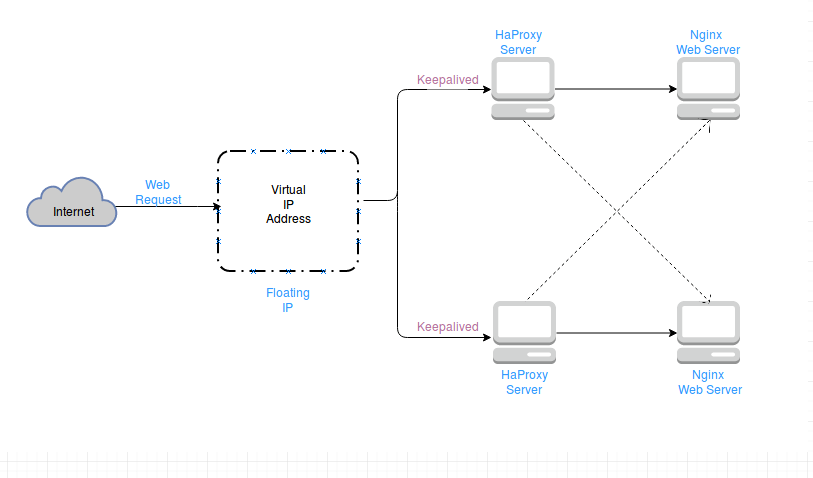
Web pages and other resources that can be found using Google certainly constitute massive sources of open source information, but they are far from the only sources.įor starters, a huge proportion of the internet ( over 99 percent, according to former Google CEO Eric Schmidt) cannot be found using the major search engines. If any specialist skills, tools, or techniques are required to access a piece of information, it can’t reasonably be considered open source.Ĭrucially, open source information is not limited to what you can find using the major search engines. The term “open source” refers specifically to information that is available for public consumption. The important phrase to focus on here is “publicly available.” Addresses a specific intelligence requirement.Is collected, analyzed, and disseminated in a timely manner to an appropriate audience.Is produced from publicly available information.

What Is Open Source Intelligence?īefore we look at common sources and applications of open source intelligence, it’s important to understand what it actually is.Īccording to U.S. In this blog, we’re going to cover the fundamentals of open source intelligence, including how it’s used, and the tools and techniques that can be used to gather and analyze it. Unfortunately, much like the other major subtypes - human intelligence, signals intelligence, and geospatial intelligence, to name a few - open source intelligence is widely misunderstood and misused. After all, it’s mostly free, and who can say no to that? Of all the threat intelligence subtypes, open source intelligence (OSINT) is perhaps the most widely used, which makes sense.



 0 kommentar(er)
0 kommentar(er)
